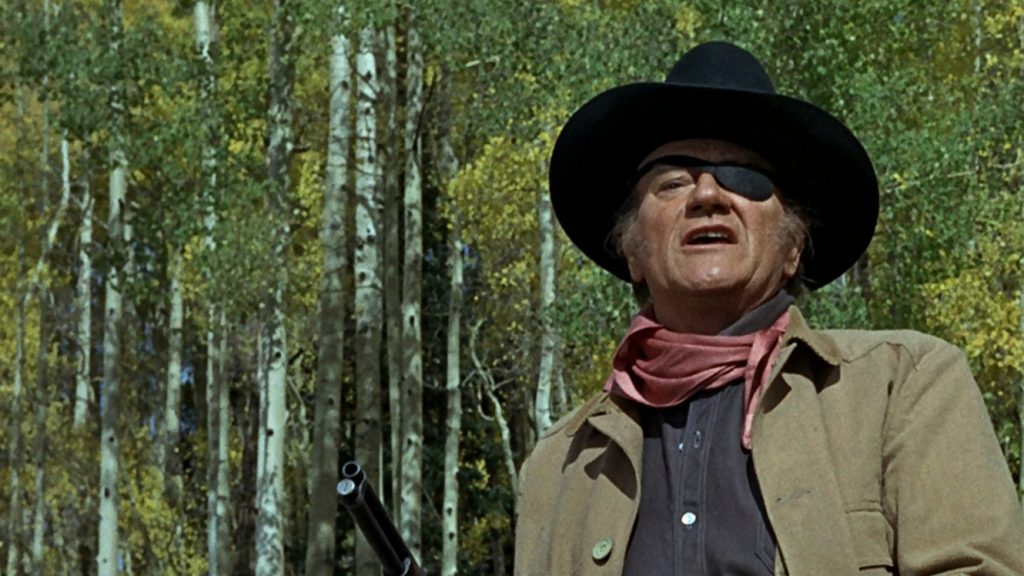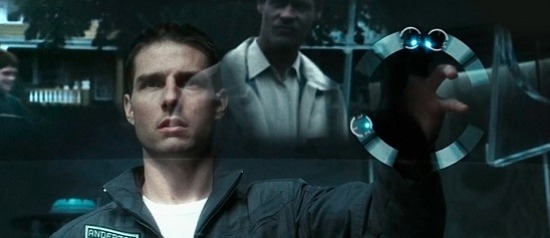In Search of the First Science Fiction Novel
Name-checking of early science fiction authors usually includes Mary Shelley, H.G. Wells, and Jules Verne who all wrote during the nineteenth century. But could the origins of Science Fiction go much further back than that? And how far back? We take a look at the various titles that may have a claim to being the first Science Fiction novel.
Author's Note: In this particular post, the qualifiers for a work of science fiction is that the science in the story also needs to be of importance to the plot.

One of the earliest works mentioned when searching for the origins of science fiction is A True Story, by Lucian of Samosata, born in present-day Turkey in 125 C.E. A True Story has been named an early science fiction novel because it involves travel to the moon. However, the travelers get there by getting caught up in an ocean water vortex, which is pretty questionable science at best.

Another early work that contains space travel is Dante Alighieri’s The Divine Comedy, written in fifteenth-century Italy. In The Divine Comedy, the narrator and his guide, Beatrice, arrive at the Moon, which is the outermost sphere of Paradise. While there, Beatrice explains why the Moon looks the way it does because of optics and rays of light. So while The Divine Comedy does contain science, it still doesn’t count as a work of science fiction because the science involved is not crucial to the plot.

Yet another lunar traveler is a young knight named Orlando in Ludovico Ariosto’s The Frenzy of Orlando, published in Italy in 1516. When the love of his life marries another man, Orlando goes insane and travels the world, wreaking havoc wherever he goes. St. John the Evangelist brings Orlando to the Moon where he finds his sanity in the Valley of Lost Things. The Frenzy of Orlando falls into the same category as A True Story and The Divine Comedy, namely that even though the fictional story involves space travel and scientific explanations, the story is driven by fantasy, not science.

If you ask cosmologist Carl Sagan, the first novel that fits the criteria of science fiction is astronomer Johannes Kepler’s Somnium, published posthumously in 1634. Somnium is a scientific treatise on the heliocentric cosmos disguised as a work of fiction by adding a fairytale about an Icelandic boy and his mother. Not only does Somnium contain the latest scientific research on the solar system, it also contains an early description of the effects of gravity on the human body. Finally, we might have our book!

Published only four years later, Francis Godwin’s The Man in the Moone also combines fiction and science in a way that is crucial to the plot. A bishop of the Church of England, Godwin chose the Moon as the location for his utopian Christian society. In writing The Man in the Moone, Godwin drew heavily on the scientific research of Kepler, Nicolaus Copernicus, and Galileo Galilei.

Not long after Godwin, French author Cyrano de Bergerac mixed fiction with science in The Comical History of the States and Empires of the Moon, published posthumously in 1658. Just like Godwin, de Bergerac tells a story about a fictional lunar society. Moreover, he provides the reader with the earliest description of a rocket-propelled spaceship while introducing the idea of a jet engine.
Based on these six works of fiction, one might argue that the earliest science fiction novels began appearing as early as the 17th Century. And while Shelley, Wells, and Verne certainly helped shape modern day science fiction in a major way, let's not forget the imaginative first steps taken by Kepler, Godwin, and de Bergerac.
Agree? Disagree? What do you consider the first work of science fiction? Let us know on Twitter at @QuirkBooks!




